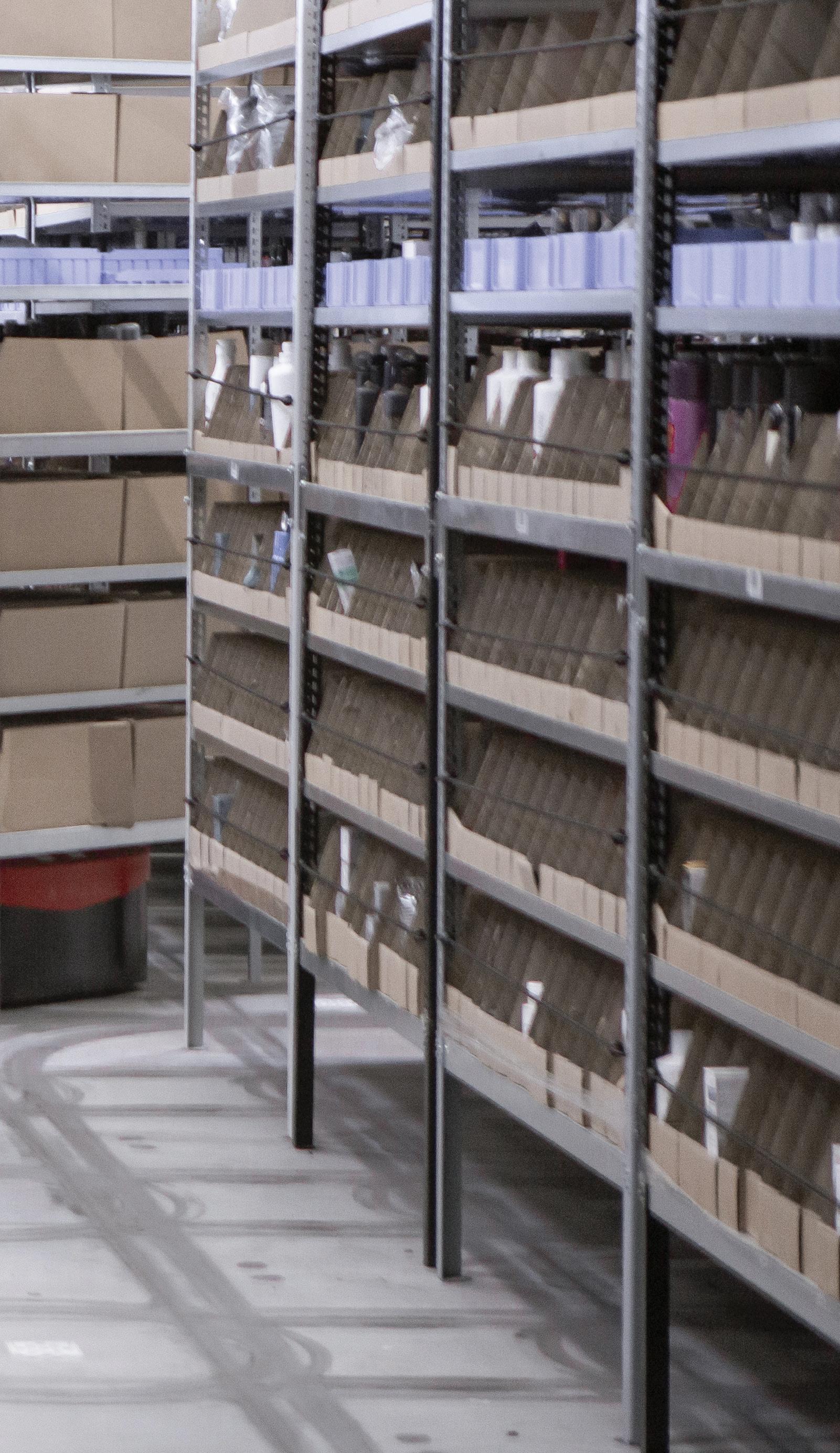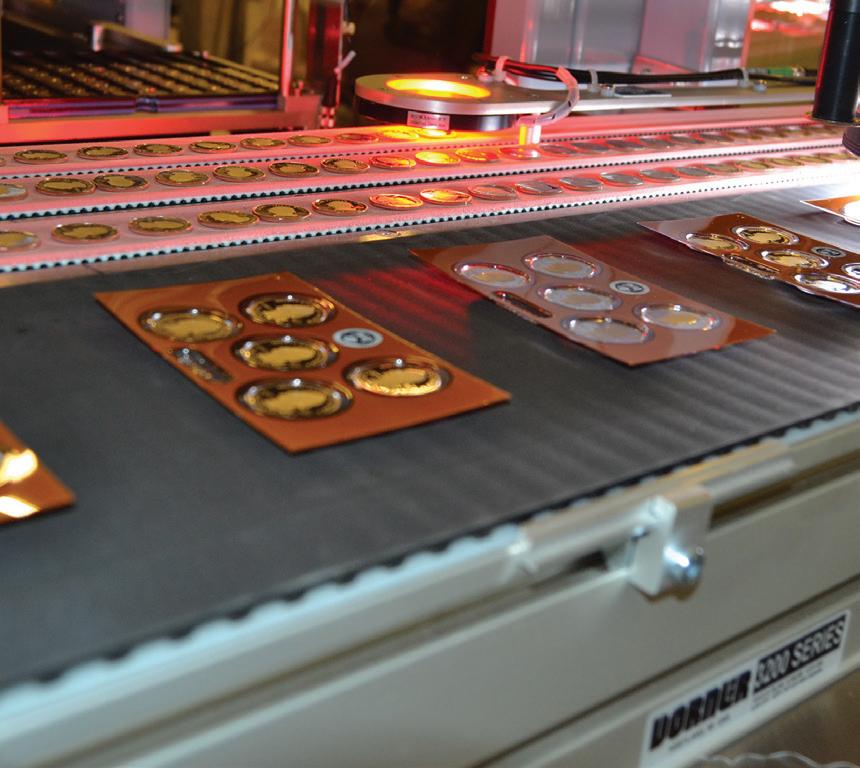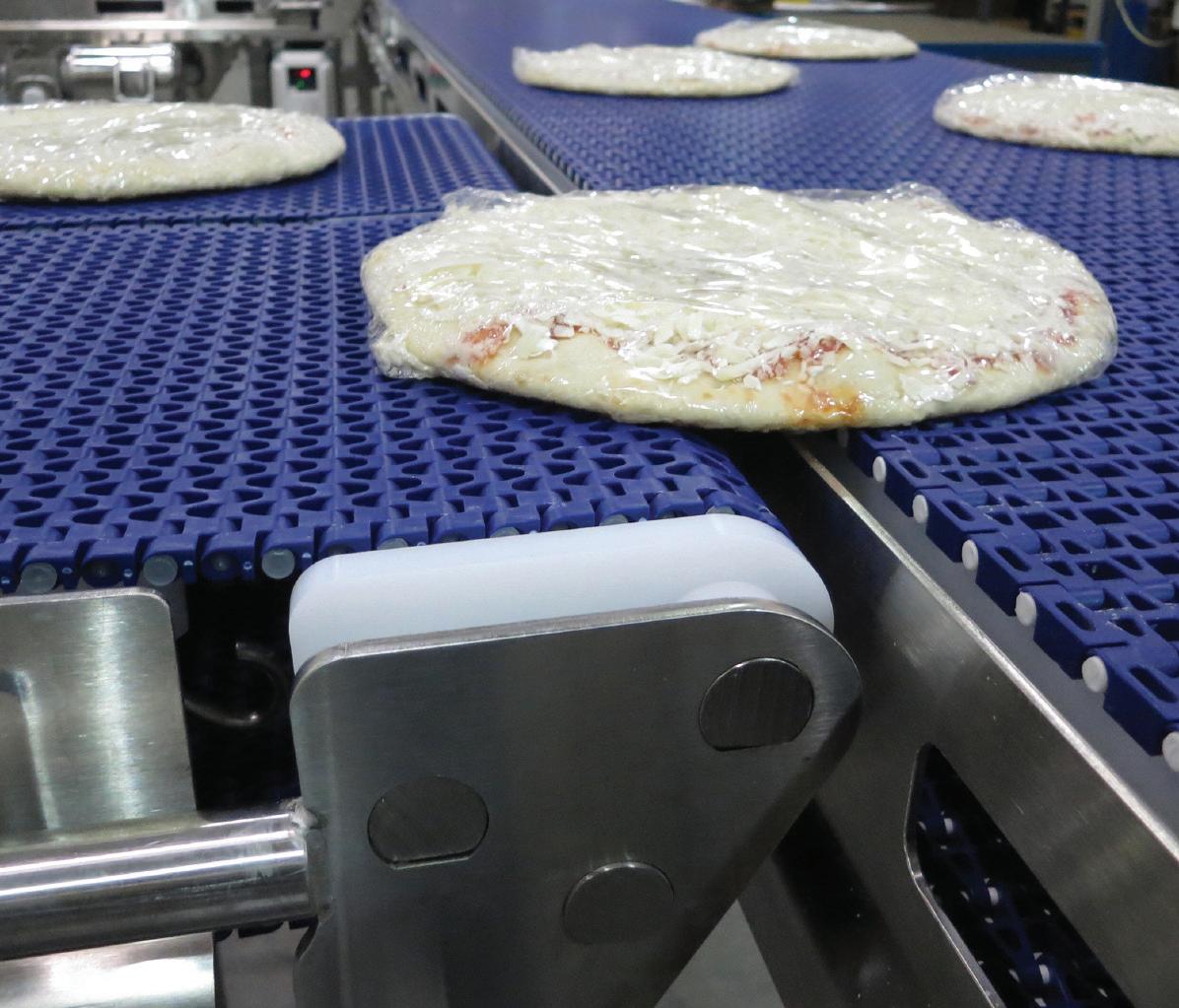
3 minute read
From trend to trade: how automation evolves out of necessity
By Rachael Pasini • Senior Editor
Warehouse Automation
Warehouse automation has been around a lot longer in the U.S. than people may assume. Though today we think of autonomous robots and software-driven machines operating continuously in human-free environments, automation looked di erent (and meant something di erent) in past decades. Its modernday roots grew during the Technological Revolution, also known as the Second Industrial Revolution, which ushered in the 20th century. The birth of mass production called for new technologies and systems to make manufacturing and distribution scalable and more e cient. However, space and labor were key factors that kept the U.S. in manual mode much longer than other countries.
“Warehouse automation in Europe and Japan was probably 10 years ahead of the U.S. in terms of pick up because labor was more expensive in those countries and space was more restricted. Here in the U.S., companies had a lot of land and a ordable labor,” said Markus Schmidt, president of Swisslog Americas, a global warehouse automation provider. “But that equation has, of course, turned over the years.”
COVID certainly changed the nature of warehouse operations since market demand shifted rapidly and e-commerce skyrocketed. Plus, after COVID, getting people to work in distribution centers was hard, so there was a drastic labor shortage amidst increasing consumer demand.
Before COVID, warehouse automation focused on conveyance and sortation for goods-to-person applications. Over the past five years, especially during COVID, interest in autonomous mobile robots (AMRs) increased to reduce labor dependencies, increase efficiency, and afford rapid scaling in the event of sudden market changes.
Take online grocery shopping, for instance. The dawn of mobile apps and real-time information exchange made it easy for consumers to order groceries online and have them delivered or ready for pickup at the store. While demand was manageable, personal shoppers walked the aisles and pulled items from shelves to fulfill individual orders. However, during the pandemic, online grocery sales increased suddenly, and safety protocols restrained manual fulfillment.
In response, new technology and small distribution centers emerged and picked grocery items efficiently
Warehouse Automation
and accurately with less labor. Such automation was unthinkable years ago because there was no need for it. Now, most advanced distribution centers have goods-to-person robotic solutions for item storage and picking.
“There are a lot of new companies with innovation entering the space, and there are a lot of established players. The industry overall grows about 20% year over year,” said Schmidt.
Balancing storage and throughput
Back in the day, when labor was plentiful, the buzzword wasn’t “automation” — it was “throughput.” In the early 20th century, transportation advancements made it possible to deliver goods faster to a broader customer base. The focus was on making more products quicker and getting them into customers’ hands.
But mass production came to a screeching halt during the Great Depression, which some claim was partially due to the overproduction of goods. As the economy started looking up, the Digital Revolution, or the Third Industrial Revolution, spawned around
1947 and paved the way for computers, advanced networking technology, and eventually automated storage and retrieval systems (AS/RS).
Yet as markets fluctuated, warehouses still felt the pangs of storing too much inventory that didn’t move. So, throughput became a balancing act, and companies started valuing efficiency, flexibility, and scalability — both up and down.
Until recently, if a warehouse needed more throughout, it would add more storage capacity and labor. In today’s automated systems, throughput and storage aren’t strictly proportional.

For example, Swisslog’s CarryPick storage and order picking system includes robots that carry mobile racks of goods, and warehouses can scale robots and racks independently.
“You can add more robots to get more throughput. Or you can add more racks to get more inventory,” said Schmidt. “That flexibility is especially valuable for online businesses and all warehouses during peak retail seasons.”
Adding or expanding automation
Once an automation system is in place, it’s relatively simple to scale it to meet demand. However, how does a warehouse justify expanding or adding new automation, especially for goods with special storage or handling requirements?
Continuing with the grocery example, in an e-grocery warehouse, there are typically three major product categories that can be differentiated by temperature
Modern automated warehouses are flexible and can scale inventory or throughput independently.
| Courtesy of Swisslog zone: ambient for dry goods, chilled for fresh produce, and freezing for frozen foods. Before COVID, frozen foods had relatively lower volumes than chilled and dry groceries. So, the first attempts to automate grocery order fulfillment focused on chilled and dry foods. However, as frozen food demand has increased, there’s an opportunity to expand automation for this product category.




Product data drives AutoStore system design to ensure the solution meets all inventory, throughput, and operational requirements.
But in the case of frozen food, the automation technology must withstand freezing temperatures to operate properly. Plus, the frozen food section of the warehouse and all environments where frozen goods are stocked, stored, picked, and transported must maintain strict temperature requirements — not to mention any pickup holding areas or delivery vehicles.
With all the extra considerations, warehouses need to be sure that they have enough volume to justify automating new product lines with










